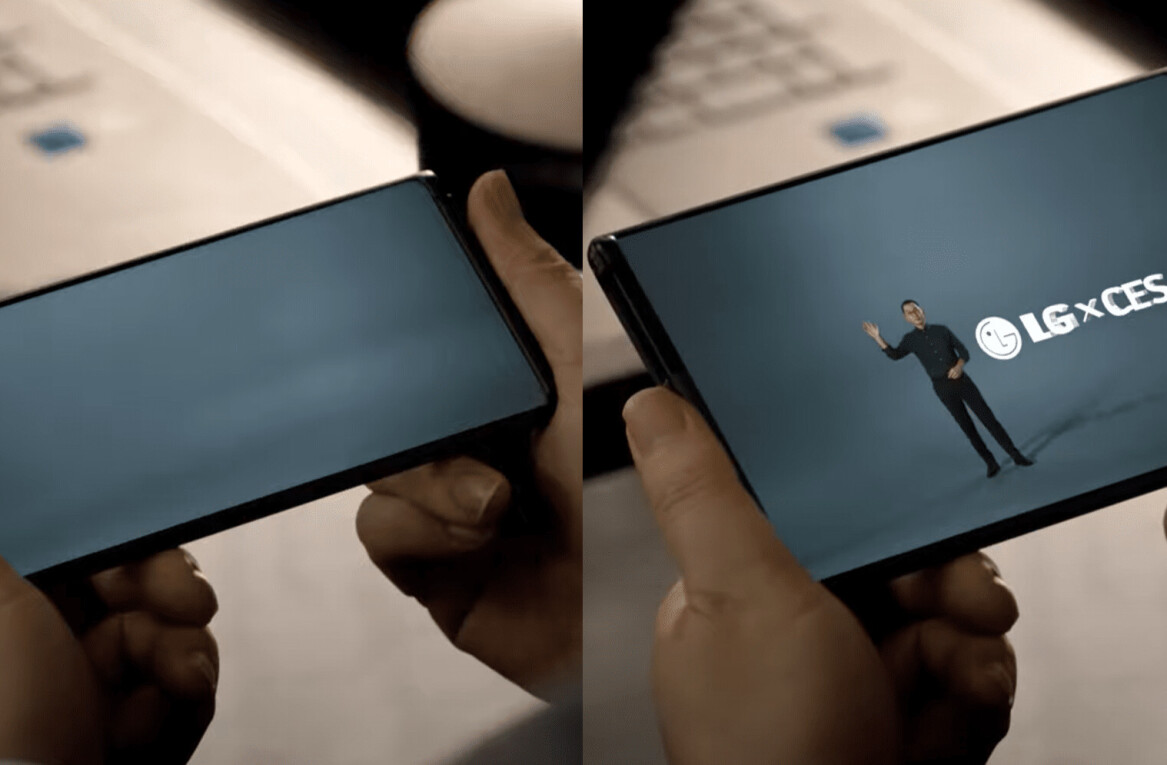
Scientists from the University of Liverpool have taught computers to sift through the infinite possibilities of atoms in search of new materials. The computers use machine-learning to help scientists narrow their focus when combining atoms to create something entirely new.
This new research will allow scientists to input previously known materials into a machine learning algorithm so that the computer can then predict what similar atomic pairings will produce.
Liverpool Materials Chemist, Professor Matt Rosseinsky, said:
Understanding which atoms will combine to form new materials from the vast space of possible candidates is one of the grand scientific challenges, and solving it will open up exciting scientific opportunities that could lead to important properties.
The process is much more complex than wood-plus-fire-equals-torch. At the University of Liverpool they used the research to predict crystal growth. The scientists report explains the experimental discovery of two different crystal structure types by computational identification of the region of a complex inorganic phase field that contains them.
Technology like this brings us one step closer to spending the bulk of our time reviewing results instead of conducting pain-staking research.
Machines are learning what we want from them, and in return they are teaching us how to make sense of the building blocks of our universe.
Get the TNW newsletter
Get the most important tech news in your inbox each week.





